2020 Honda WR-V Test Drive Review
We do an in-depth review of the 2020 Honda WR-V.
We do an in-depth review of the 2020 Honda WR-V.
Home » Car News » Honda WR-V » 2020 Honda WR-V Test Drive Review
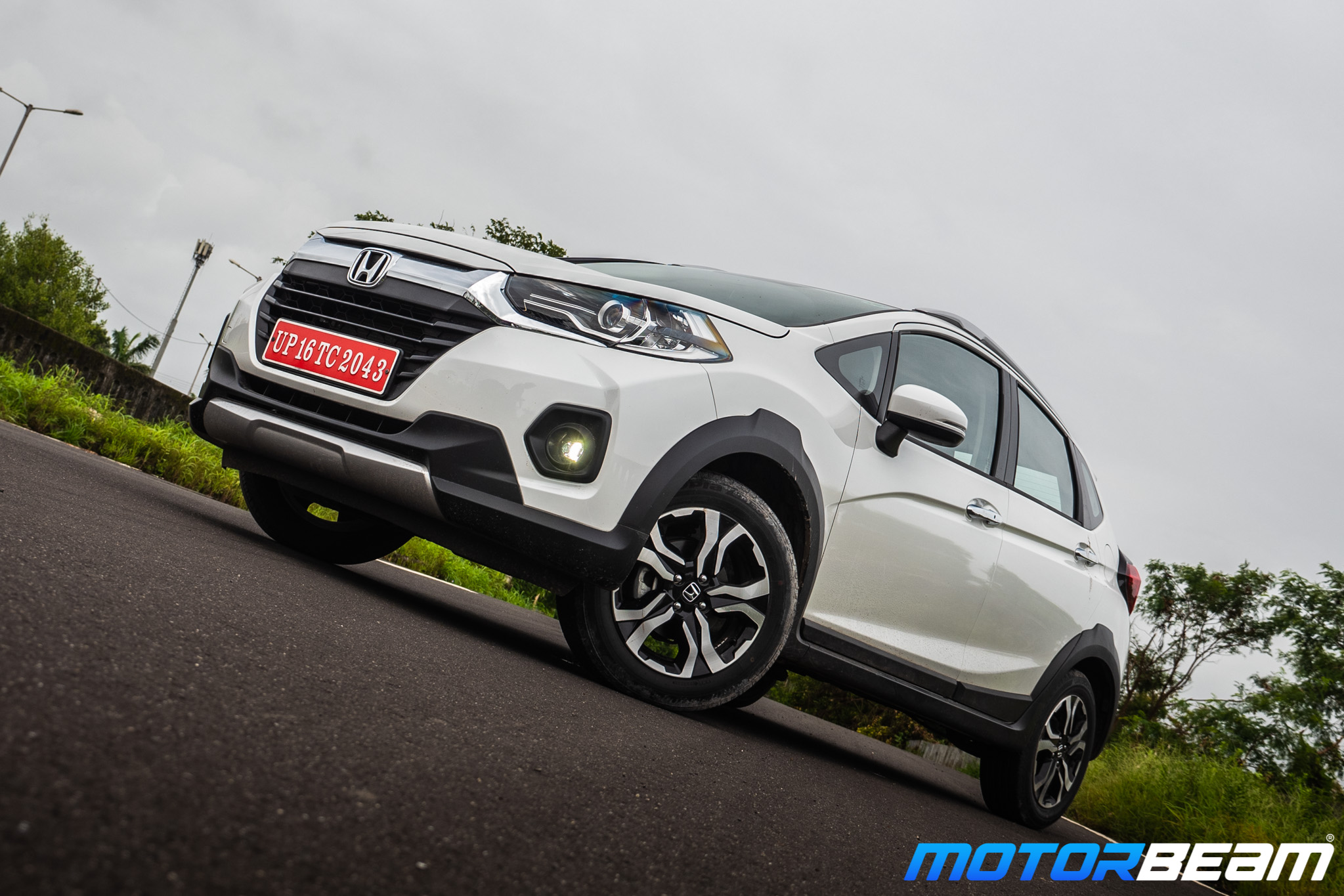
Car Tested: 2020 Honda WR-V; Road Test No. 1201; Test Location: Mumbai
Price OTR Mumbai: Rs. 10.02 – 13.22 lakhs
Minor cosmetic changes and BS6-compliant engines make the 2020 WR-V a practical and comfortable crossover
We have a whole lot of compact SUVs on sale in India today because this segment is really booming. But, the Honda WR-V stands out because unlike the others, this one is actually a hatchback-based crossover. It is based on the very spacious Jazz but Honda has done enough to differentiate the WR-V from its sibling. Launched in 2017, the WR-V has been fetching decent sales for Honda, and for 2020 it has been updated with cosmetic changes and BS6-compliant engines.
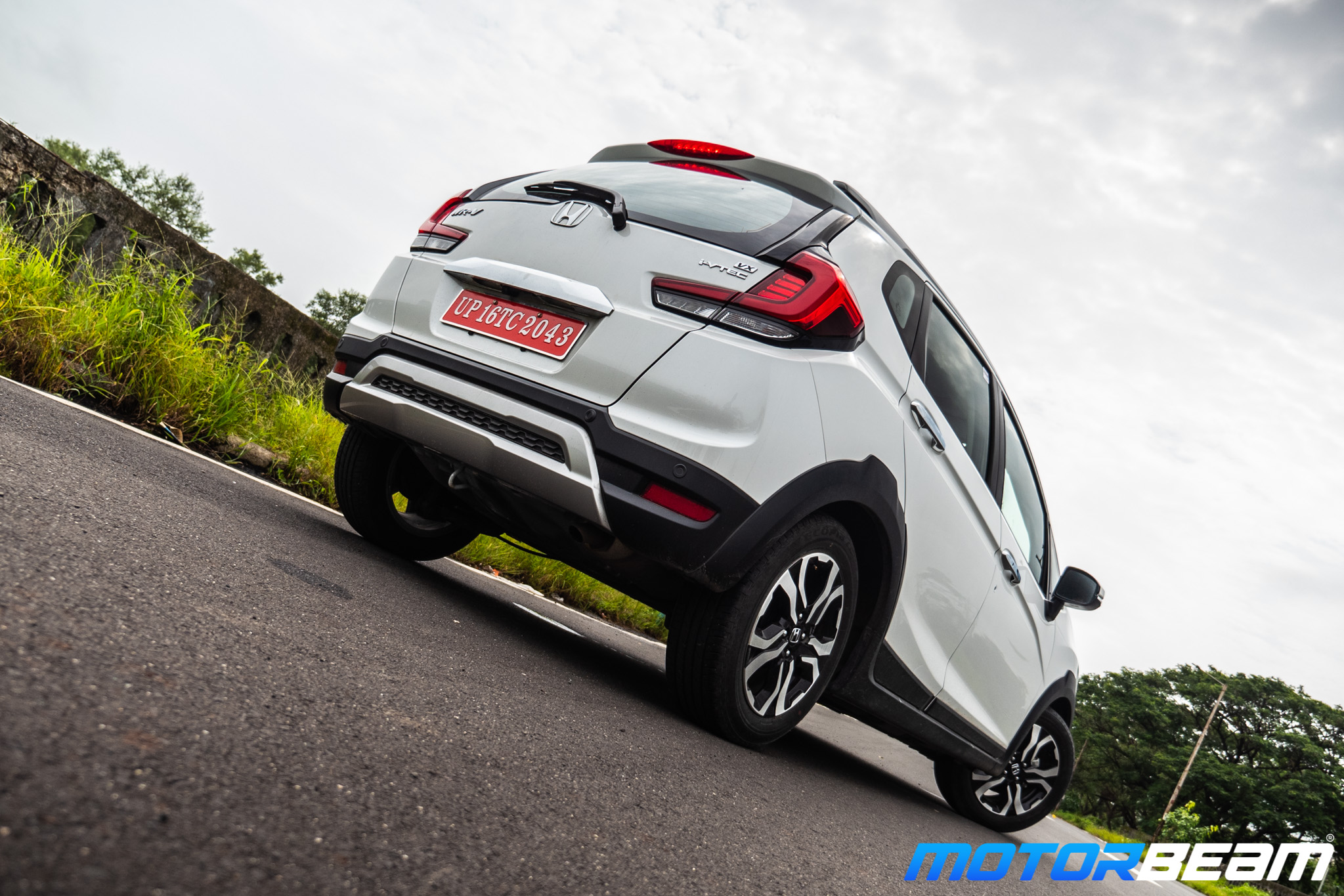
Exteriors – The 2020 Honda WR-V retains its usual styling but it gets new headlamps with LED projectors, a new grille with some more chrome and redesigned tail lamps that now get LEDs. Even though the WR-V is based on the Jazz, it looks significantly different thanks to the higher ground clearance, longer wheelbase and the chunky body cladding all around. This facelifted model doesn’t get too many changes but these small enhancements do improve the styling of the vehicle.
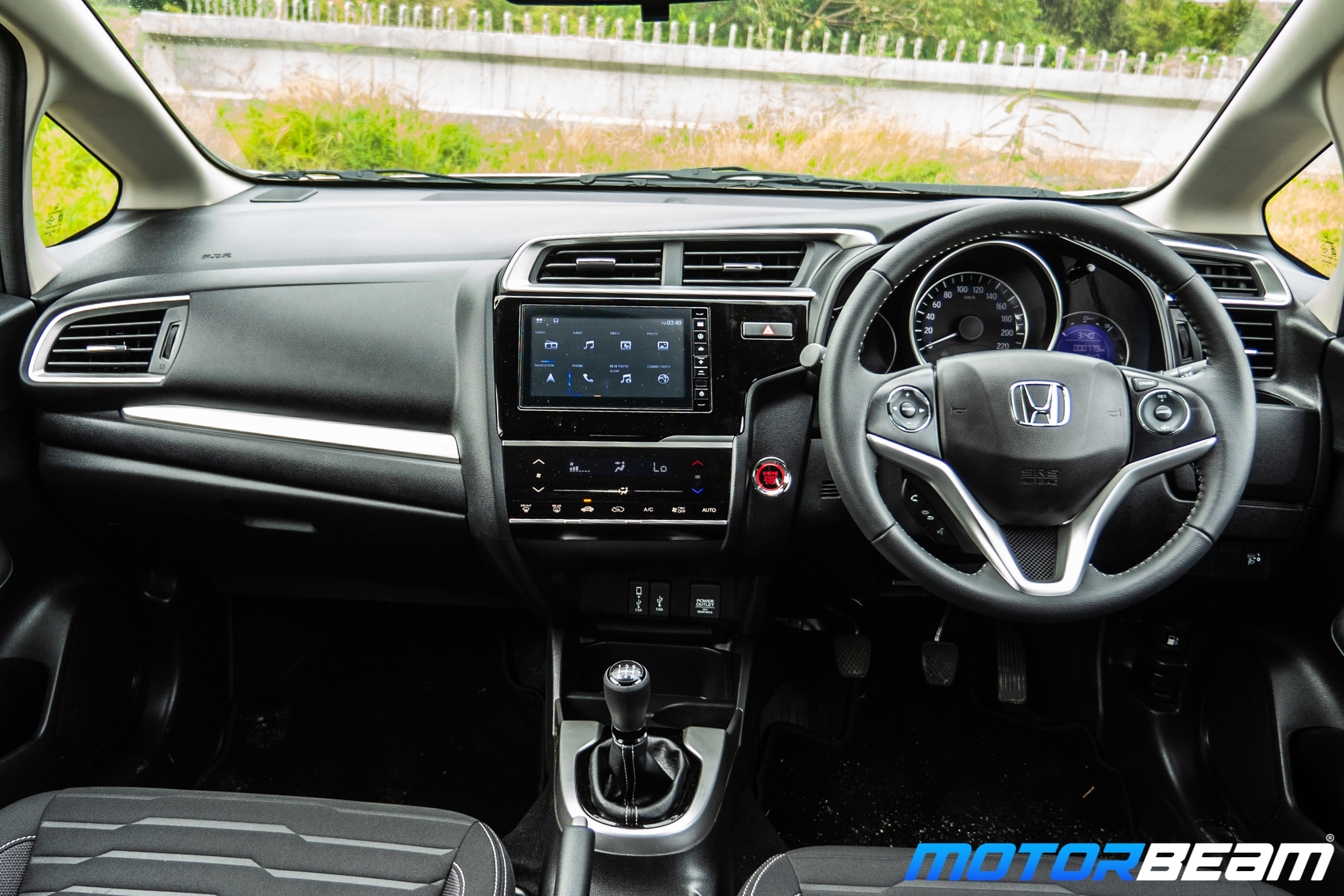
Interiors – There are hardly any changes on the inside apart from the new seat covers. The WR-V boasts of really large and spacious seats and the cabin space is also one of the biggest USPs of this car. The dashboard layout is exactly the same as before and the feature list is also similar. You get dual front airbags, ABS with EBD, sunroof, electric mirrors, automatic climate control and a push-start button. The cabin has hard plastics all around and there’s a full black colour theme. The cabin doesn’t feel very luxurious but the overall quality is quite decent.
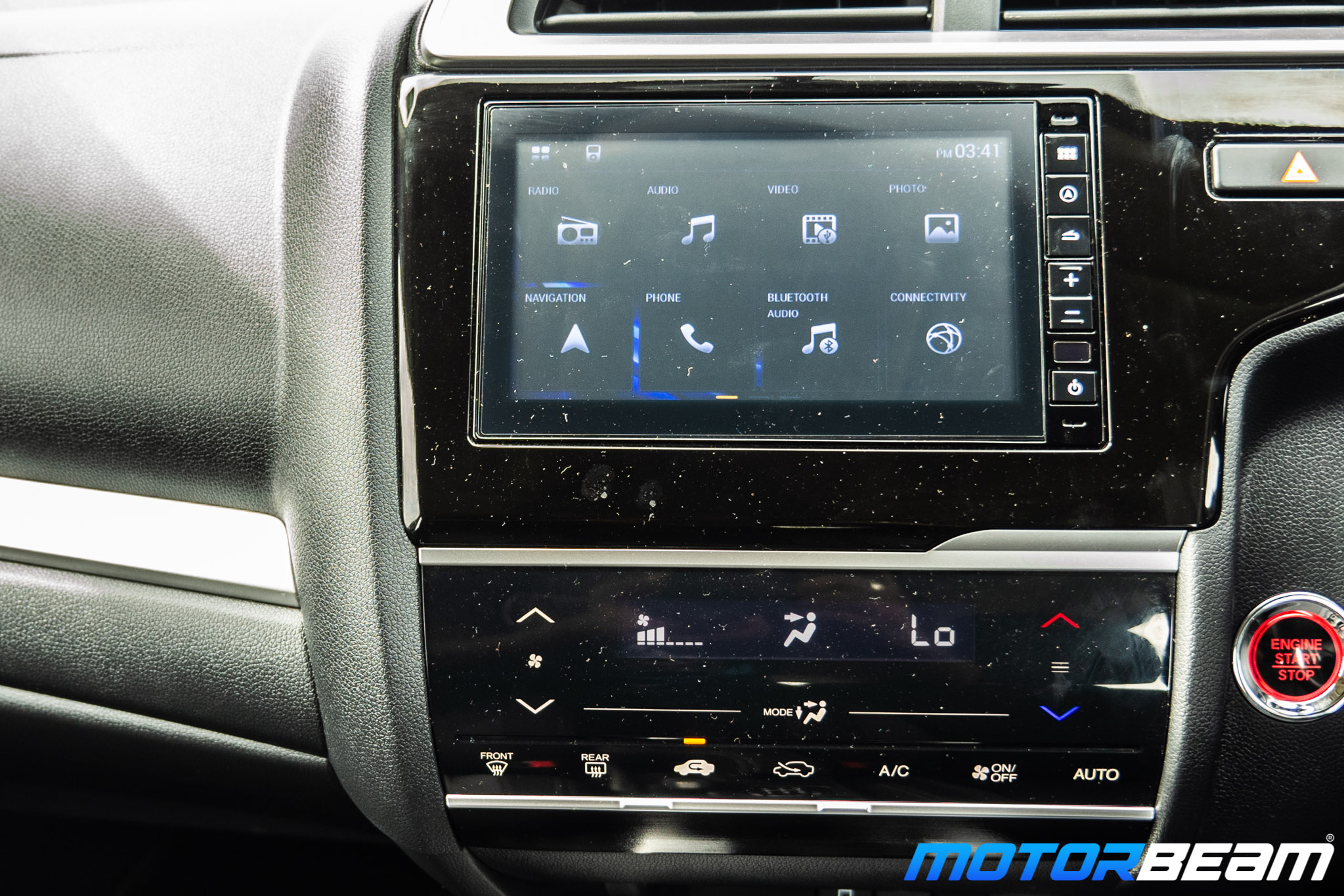
The WR-V comes across as one of the most spacious and practical cars in its segment thanks to its airy cabin and a large boot
You also get a 7.0-inch Digipad 2.0 infotainment system with Apple CarPlay, Android Auto and navigation. The sound quality from the speakers is just about decent, and the touchscreen feels a bit aftermarket. The resolution isn’t the best and also the screen doesn’t feel very fluid and a more user-friendly screen would have been appreciated.
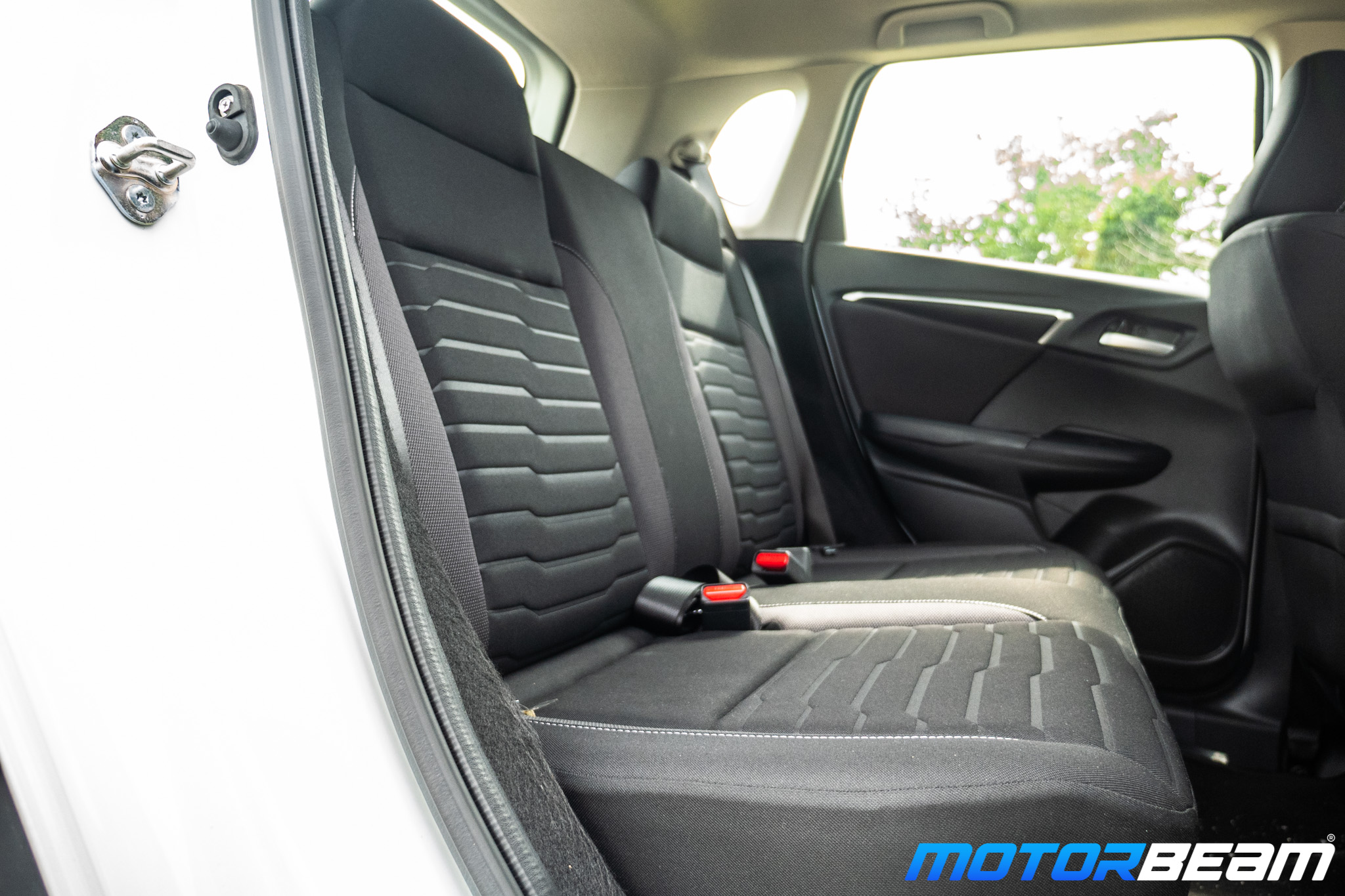
Space at the rear is excellent. There’s an excellent amount of knee room and headroom is very good too. The cabin, in general, feels very airy. But, Honda could have added some nice touches like adjustable headrests, a centre armrest and even AC vents at the rear. The rear passengers don’t get charging sockets too. The WR-V also boasts of lots of storage spaces in the cabin and even the boot is quite large. The front doors get fairly large storage spaces apart from the bottle holders while the rear doors get 1-litre bottle holders each.
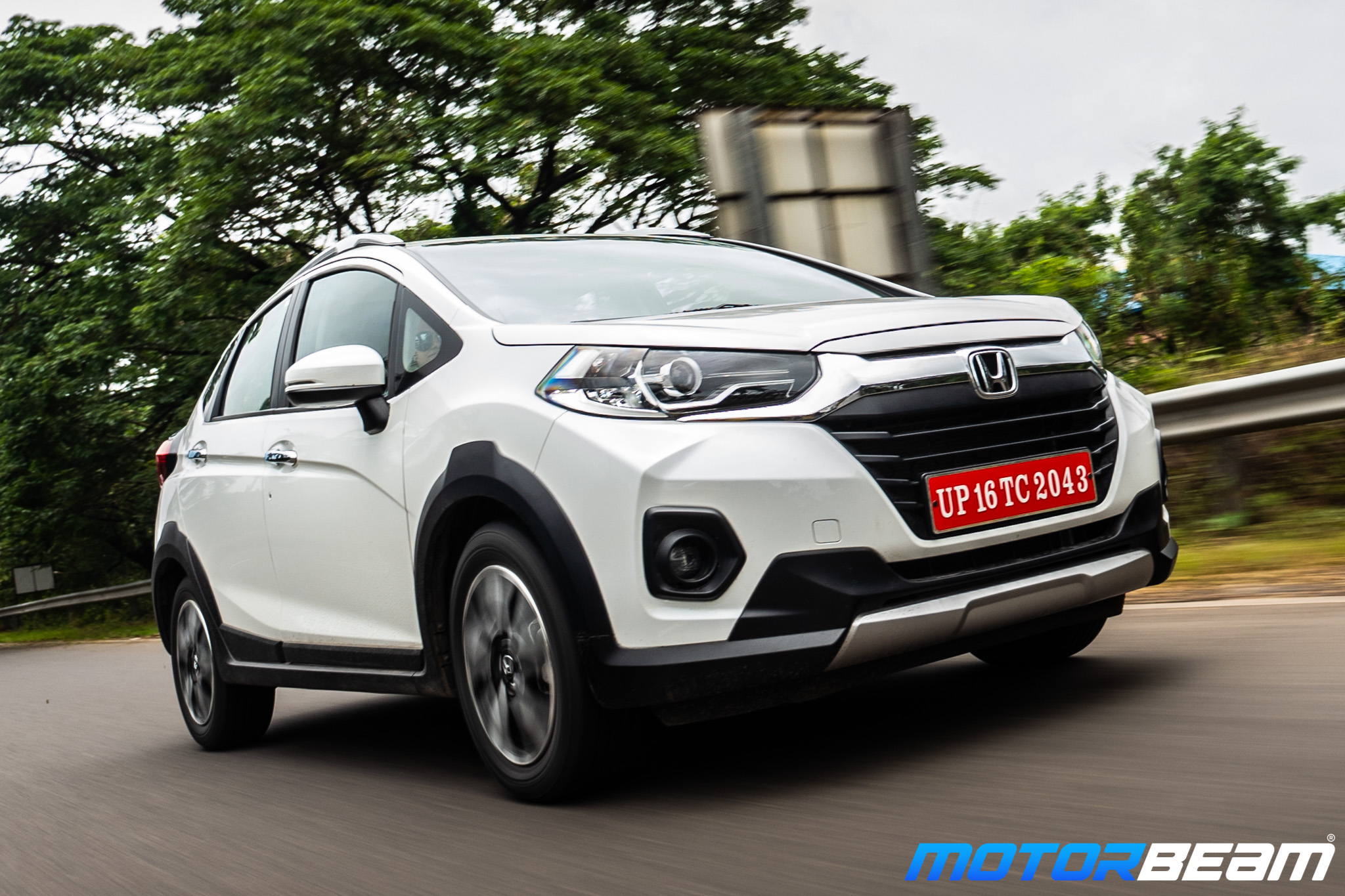
Performance – The Honda WR-V gets the same set of engines, now BS6 compliant. The petrol engine is a 1.2-litre i-VTEC unit making 90 PS at 6000 RPM and 110 Nm at 4800 RPM while the diesel engine is a 1.5-litre i-DTEC unit delivering 100 PS at 3600 RPM and 200 Nm of twist at 1750 RPM. The petrol engine has a decent low-end punch, but it’s not very responsive or peppy. The mid-range is very flat and the engine comes alive only after 5000 RPM. For day to day driving the performance is just about satisfactory but if you want to extract some performance you will have to work the engine and the gears. The engine has a laid back nature and with the BS6 update, it feels a bit lazier. 0-100 km/hr takes around 15 seconds. The petrol engine gets a 5-speed MT which is slick and has short throws but it misses out on a CVT that is offered on the Jazz.
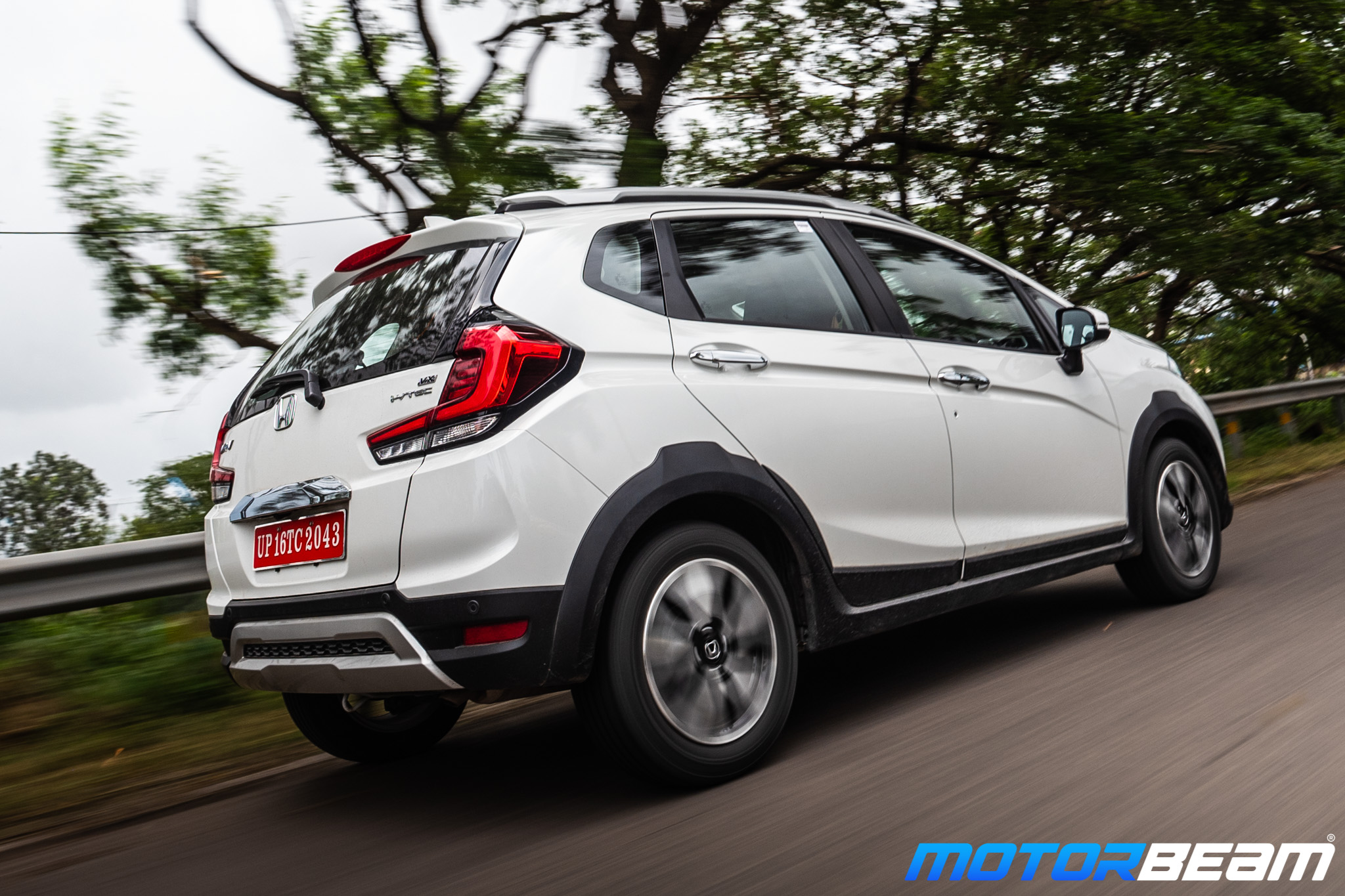
The petrol motor doesn’t have the VTEC magic as it feels slow to respond and also misses out on an automatic option
The diesel engine is way better in performance. It has negligible turbo lag, offers good low-end and mid-range performance but the top-end punch is lacking. Driveability is excellent and while the torque surge doesn’t feel very aggressive, it is quite linear and the WR-V diesel doesn’t feel out of breath. The diesel engine is offered with a 6-speed manual and there’s no automatic option here. The ARAI fuel efficiency of the diesel engine has dropped to 23.7 km/l from the earlier figure of 25.5 km/l with the BS6 update. Meanwhile, the petrol has an ARAI figure of 16.5 km/l which is actually much lesser than the City petrol’s ARAI figure. Buying the petrol makes sense only if your running is really low, because the diesel is much more superior even though it is pricier by around Rs. 1.8 lakh (on-road) and it feels worth the extra premium.
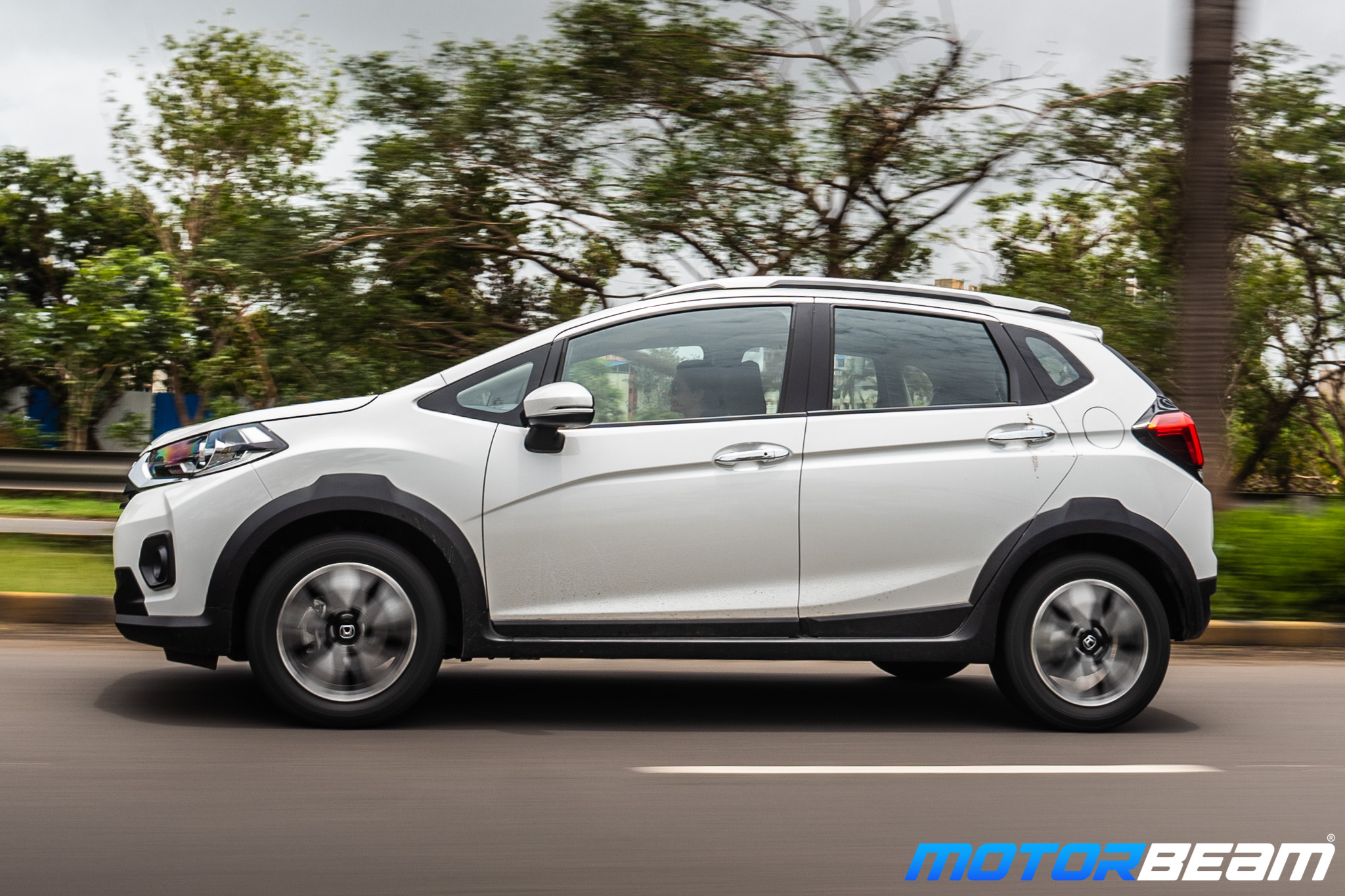
Driving Dynamics – No changes have been made to the suspension and steering. The ride quality is impressive and the suspension does a great job on our roads. The suspension works silently and it filters out most bumps and undulations without breaking a sweat. The steering also feels good and offers decent feedback while weighing up fairly well at high speeds. The WR-V feels within control on the corners but yes it isn’t as involving to drive as a sedan of course. The brake pedal has a feelsome and very sharp bite but then our test car had just under 800 kms on the odo. The WR-V gets drums at the rear and the stopping power felt very good.
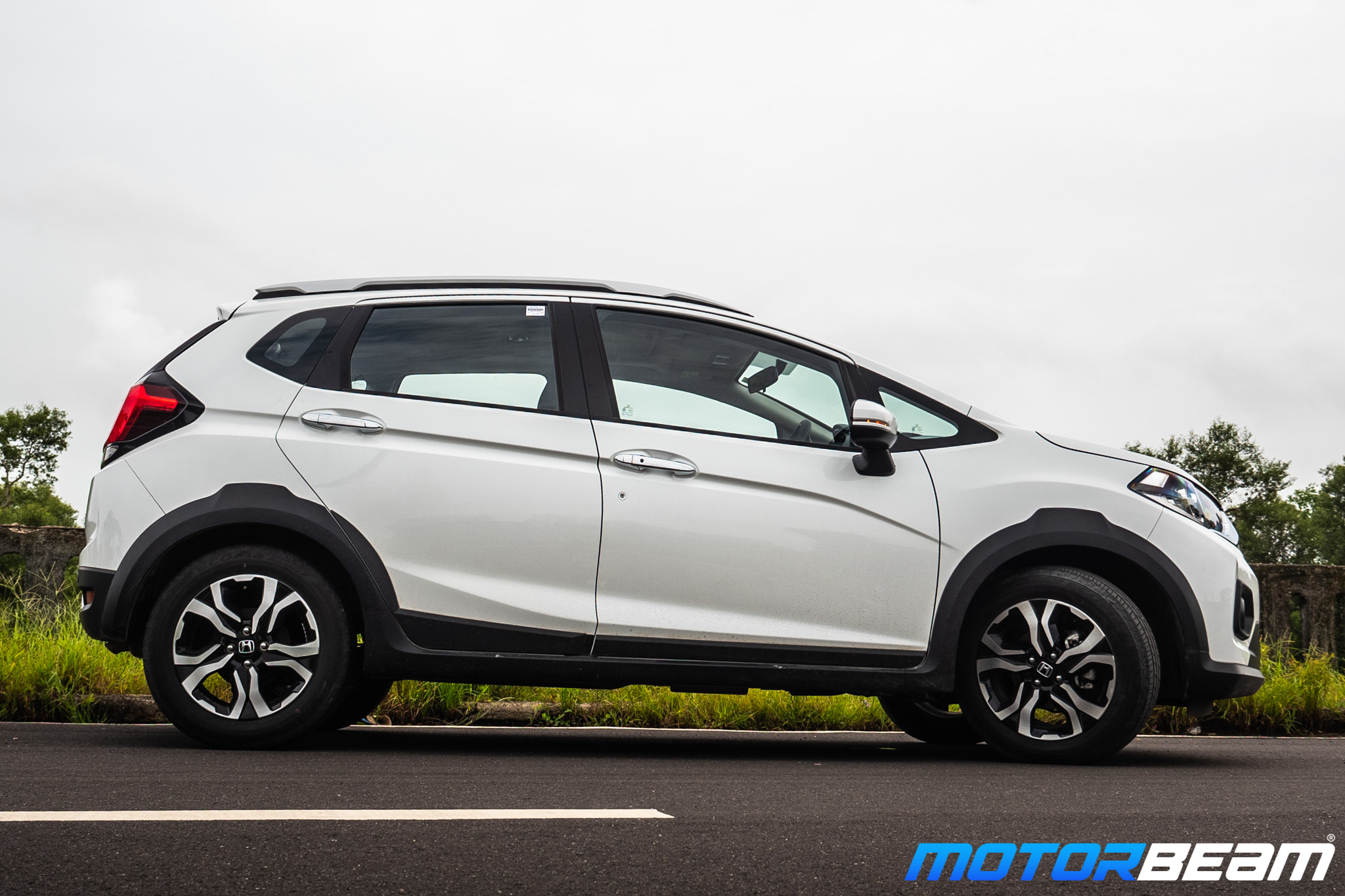
Verdict – The Honda WR-V gets very few changes with this update and now it is available in only two trims – SX and VX. Features like adjustable rear headrests, rear AC vents and a rear armrest would have been really useful because this car is known for its rear-seat space which is probably the best out of all the crossovers in this price range. The WR-V is cheaper than other compact SUVs but then those vehicles also offer a lot more. An automatic gearbox would have been a great addition to the WR-V too. If you want a crossover offering tons of space and a decent list of features, the WR-V is a great buy and if you’re looking to purchase this car, we would recommend the diesel version.
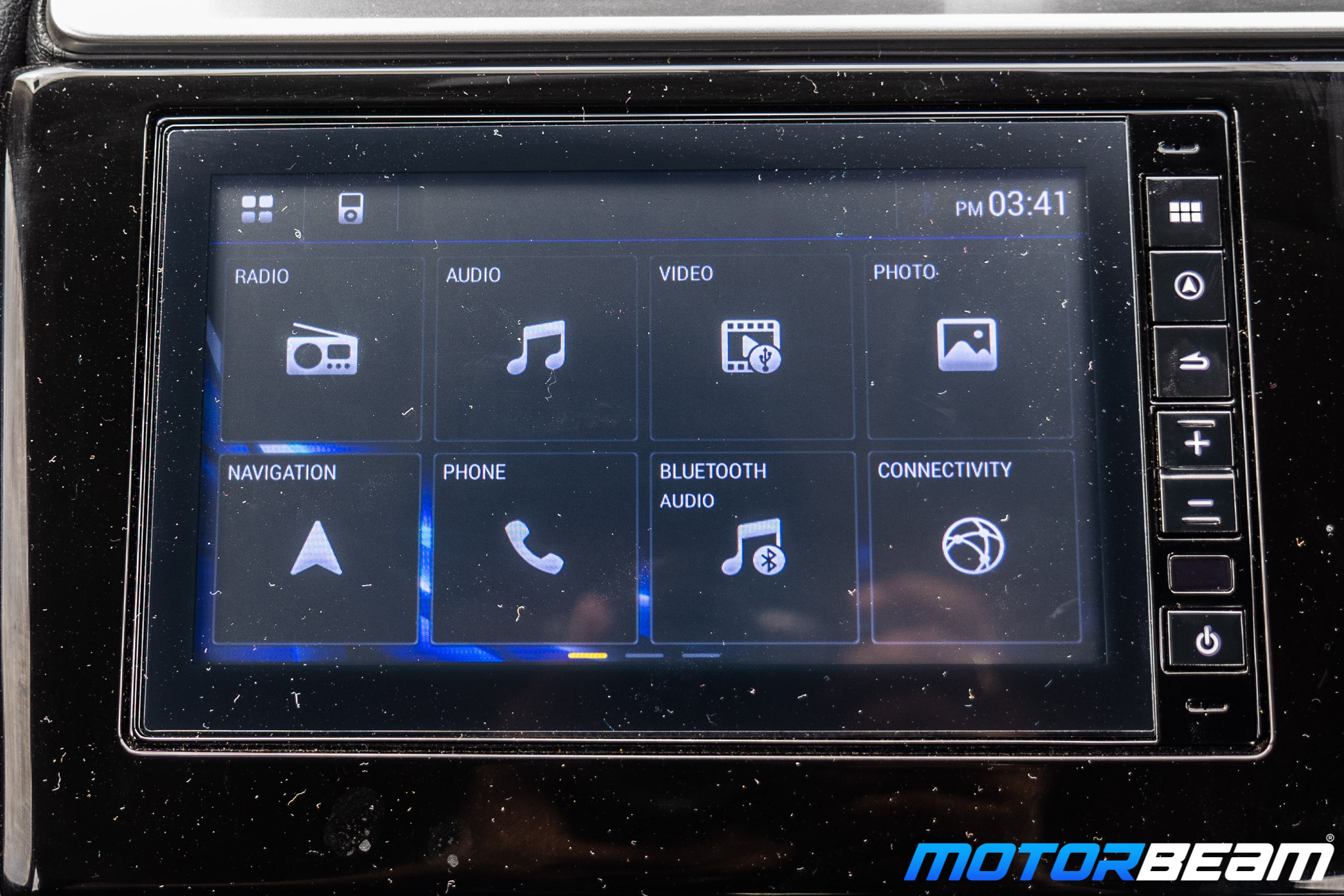
What’s Cool
What’s Not So Cool
Alternatives – Hyundai i20 Active, Maruti Vitara Brezza, Hyundai Venue, Tata Nexon, Mahindra XUV300, Ford EcoSport
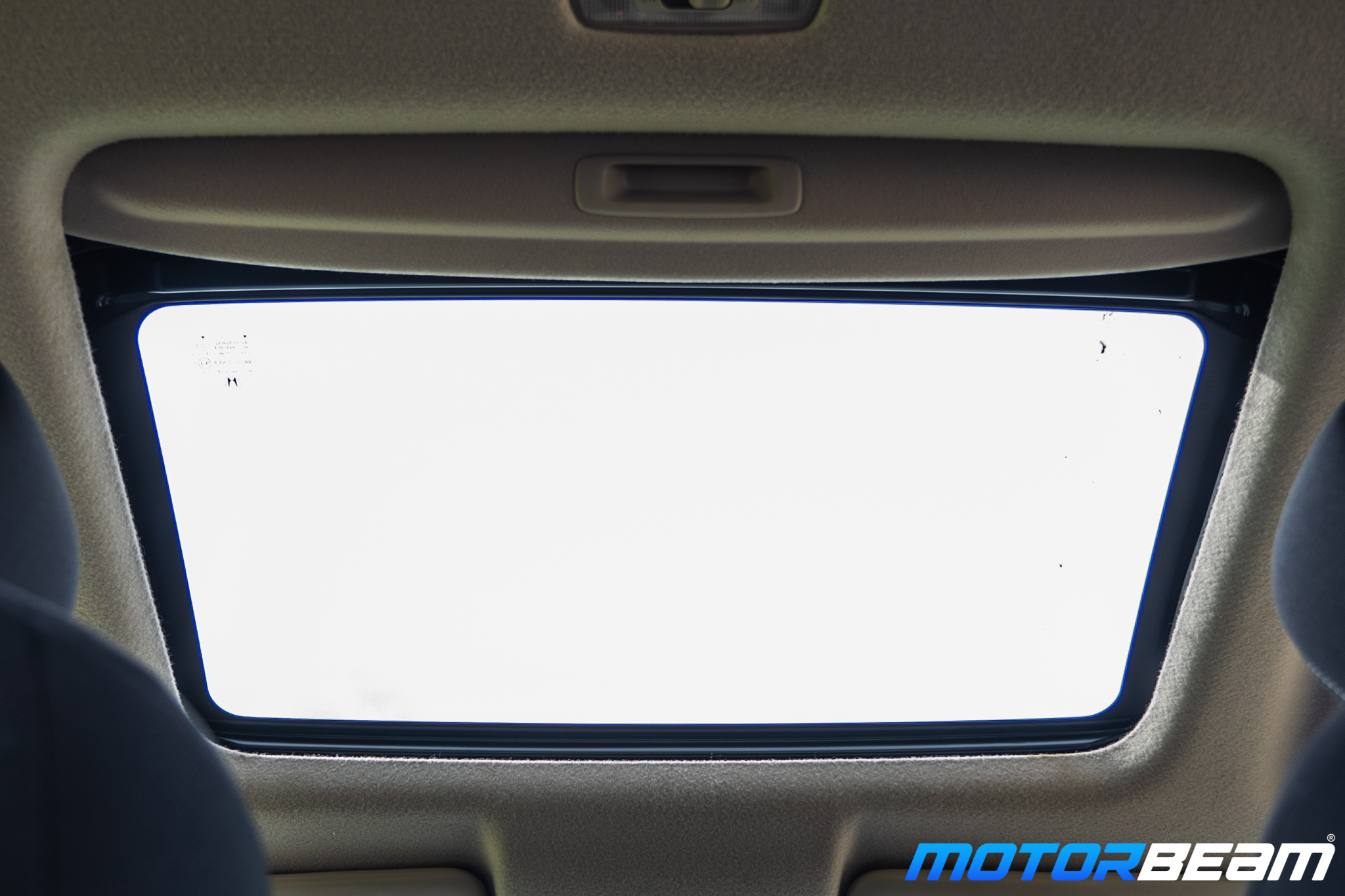
Further Reading –
Honda WR-V Long Term Review – First Report
Honda WR-V Travelogue – A Weekend To Remember
